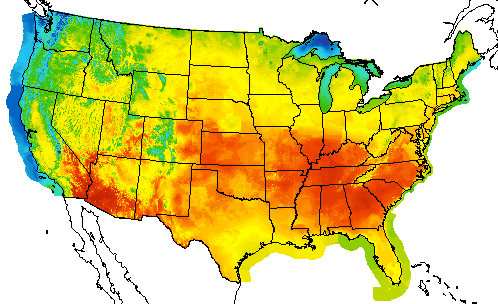
“Storms only amplify the fragile nature of our power grid,” says Yvonne Fish. “This summer, as temperatures and air conditioning use increases, we’ll see an increasing number of these power outages.
As of Saturday afternoon, here’s how many homes were without power in the affected area:
- Indiana: 112,760
- Kentucky 140,461
- Ohio: 363,500
- West Virginia: 500,000
- Virginia: 2.5 million
- Maryland: More than 1.3 million
- New Jersey: 168,000
“A standby generator is becoming less and less of a luxury,” remarks Yvonne. “Like central air and garage door openers, both of which were once thought luxuries, our growing demand on the power grid is shifting generators from ‘wants’ to ‘needs.'”
Standby Generators automatically sense a loss of power and start themselves before switching over to provide power to the designated circuits of a home. The entire process takes less than a minute—often times less than 30-seconds.
A system installed behind your home can provide power to the entire house, selected circuits, or a shifting number of them depending on your power needs. When power is restored, the standby power system senses it and returns your home to regular power before shutting itself down.
Standby Generators come in two varieties: air-cooled and liquid cooled. Smaller air-cooled units provide adequate coverage for selected circuits or small homes. Liquid-cooled generators are capable of providing enough power to supply electrical needs for an entire home.
Determining the correct size of generator is accomplished through a needs inventory and NEC approved load calculation. How much power do you use in any given room? How many appliances? Air conditioners? Special needs? All those factors are used to calculate how much generator is right for you.
“The entire process from start to finish takes between a few weeks to a month,” Yvonne warns. “It’s a detailed process with no room for cut corners. That’s why getting started on a system is critical if someone wants it installed before we get too deep into the season.”
Forecasts for the Houston area, meanwhile, call for temperatures into triple-digits most of this week.



